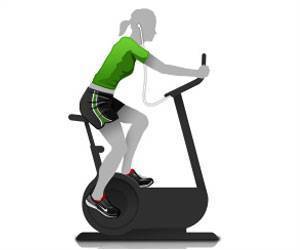Imagine that you learn how to play a musical instrument and you've practiced all day. You wake up the next morning to practice and find that you remember everything that you'd learned last night.

"The mechanisms of memory consolidations regarding motor memory learning were still uncertain until now," Masako Tamaki, a postdoctoral researcher at Brown University and lead author of the study, said.
"We were trying to figure out which part of the brain is doing what during sleep, independent of what goes on during wakefulness. We were trying to figure out the specific role of sleep," the researcher said.
In part because it employed three different kinds of brain scans, the research is the first to precisely quantify changes among certain brainwaves and the exact location of that changed brain activity in subjects as they slept after learning a sequential finger-tapping task.
The task was a sequence of key punches that is cognitively akin to typing or playing the piano.
Specifically, the results of complex experiments performed at Massachusetts General Hospital and then analyzed at Brown, show that the improved speed and accuracy volunteers showed on the task after a few hours sleep was significantly associated with changes in fast-sigma and delta brainwave oscillations in their supplementary motor area (SMA), a region on the top-middle of the brain.
Advertisement
Scientists have shown that sleep improves many kinds of learning, including the kind of sequential finger-tapping motor tasks addressed in the study, but they haven't been sure about why or how.
The study is set to be published in the Journal of Neuroscience.
Source-ANI









